With the average cost of new SUVs steadily increasing, it has become more crucial than ever to find a vehicle that offers exceptional value.
This is especially important for those on a budget who are seeking something affordable. Stretching every dollar to its fullest potential is no easy feat.
Fortunately, there are a few standout options that manage to deliver impressive features without inflating their price. These affordable gems not only come packed with equipment but also maintain a low cost.
Some of these SUVs fill a unique space in the market, while others simply provide a solid, well-balanced offering that outshines their rivals by delivering high-value amenities at a budget-friendly price.
After thoroughly exploring the market, we’ve identified some of the top affordable SUVs available today. These vehicles are priced low most around or under the $30,000 range and defy expectations with what they offer.
In the sections below, we highlight what sets each SUV apart and provide an overview of their performance specifications.
5. 2024 Subaru Crosstrek
The 2024 Subaru Crosstrek is a great option for those seeking a vehicle that can handle off-road adventures without being overly expensive.
While it may not tackle challenging terrains like a Jeep Wrangler or Ford Bronco, it is an excellent entry-level adventure vehicle. The 2024 model brings a full redesign, further enhancing its appeal.
The Crosstrek comes with two engine options: the Base and Premium trims feature a 2.0-liter naturally aspirated flat-four engine, while the other trims are equipped with a 2.5-liter flat-four producing 182 horsepower.
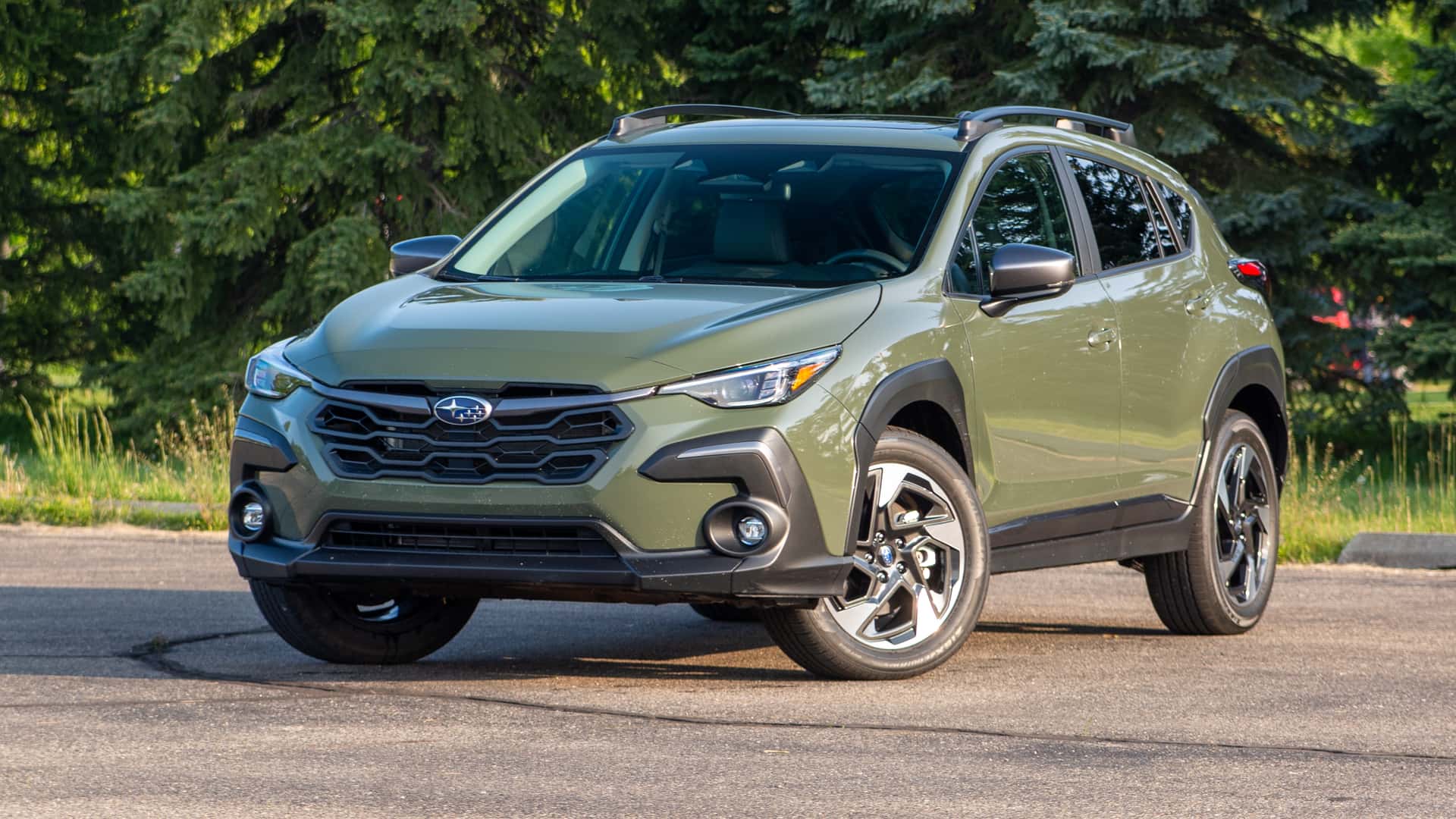
Despite its capabilities, the Crosstrek isn’t designed for speed, with a 0-60 mph time of 9.5 seconds and a top speed of 120 mph. Its true strength lies in its ruggedness and fuel efficiency, with the Wilderness trim offering impressive off-road capabilities.
However, the vehicle is relatively slow regardless of the engine choice, only comes with a CVT, and has a rather utilitarian interior design. The Crosstrek is a comfortable ride, but its interior design doesn’t offer the same luxury feel as other vehicles in its class.
4. 2025 Mazda CX-5
On the other hand, the 2025 Mazda CX-5 has been around since 2017, and its design has aged remarkably well. Known for its upscale interior and excellent driving dynamics, the CX-5 remains a standout in the compact crossover category.
The base model comes with a 2.5-liter naturally aspirated inline-four engine producing 187 horsepower, while the turbocharged version offers 250 horsepower for those seeking a more thrilling driving experience.
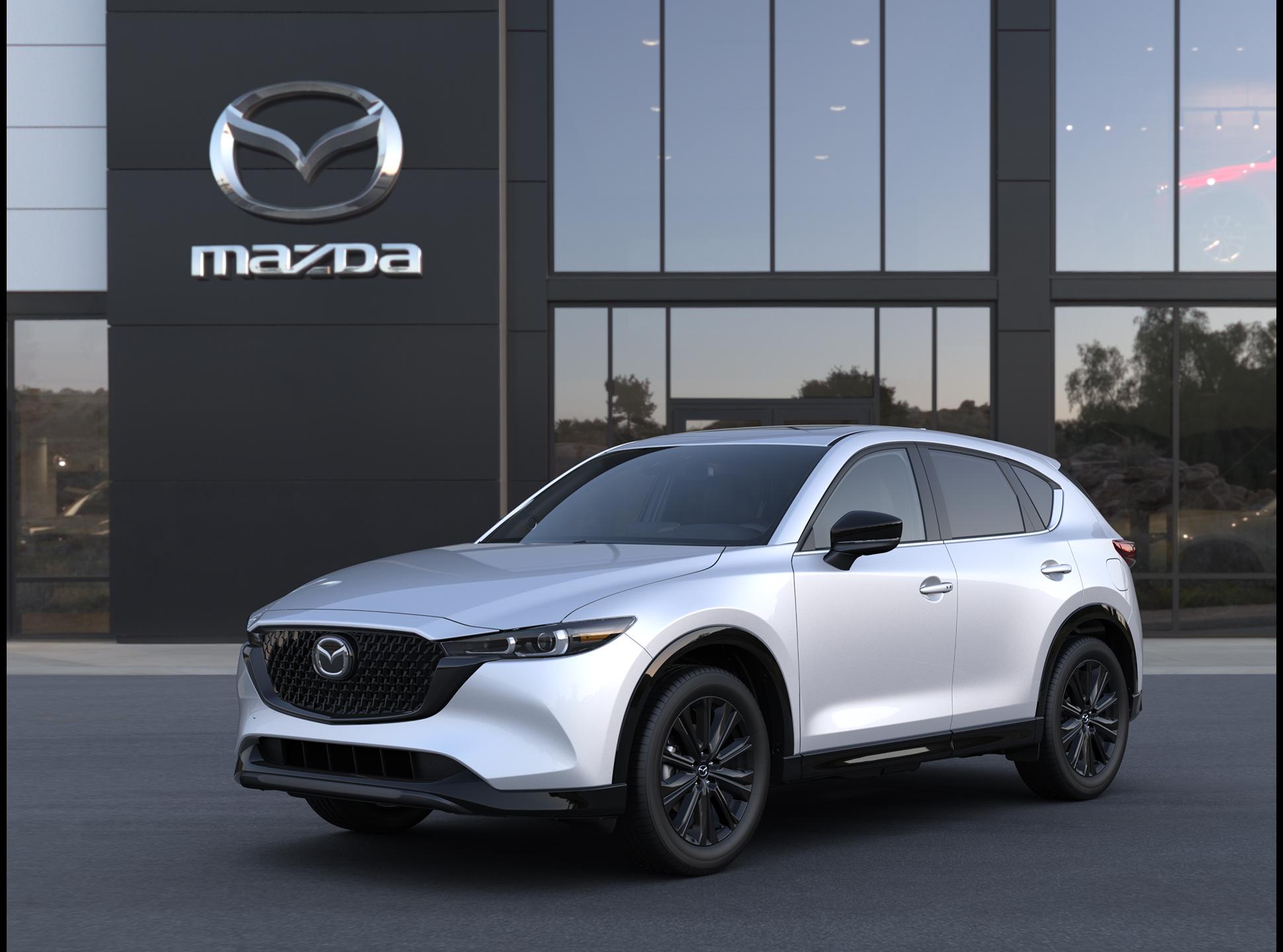
The CX-5 is a joy to drive, especially on winding roads, thanks to its engaging handling. However, the rear seat and cargo space are relatively small, and the vehicle’s towing capacity is limited to 2,000 pounds.
While it offers a luxurious interior and a perfect blend of technology and practicality, the rotary infotainment controller may not be to everyone’s liking.
The CX-5 is a refined and fun vehicle to drive, combining both comfort and performance in a compact package.
Also Read: Top 10 Worst and 10 Best Trucks for Towing
3. 2024 Volkswagen Tiguan
The 2024 Volkswagen Tiguan stands out as a mature and refined crossover. While it may not immediately grab attention with its appearance, it offers a well-rounded driving experience that delivers exactly what you need without relying on gimmicks.
The Tiguan prioritizes a high level of refinement across the board, making it an appealing choice for those seeking an all-around solid SUV.
Under the hood, the Tiguan is equipped with a 2.0-liter turbocharged inline-four engine that produces 184 horsepower and 221 lb-ft of torque.
It can be paired with either front-wheel drive (FWD) or all-wheel drive (AWD) and comes with an 8-speed automatic transmission.It’s not the fastest compact SUV, with a 0-60 mph time of 8.2 seconds and a top speed of 124 mph, but it shines in its handling.
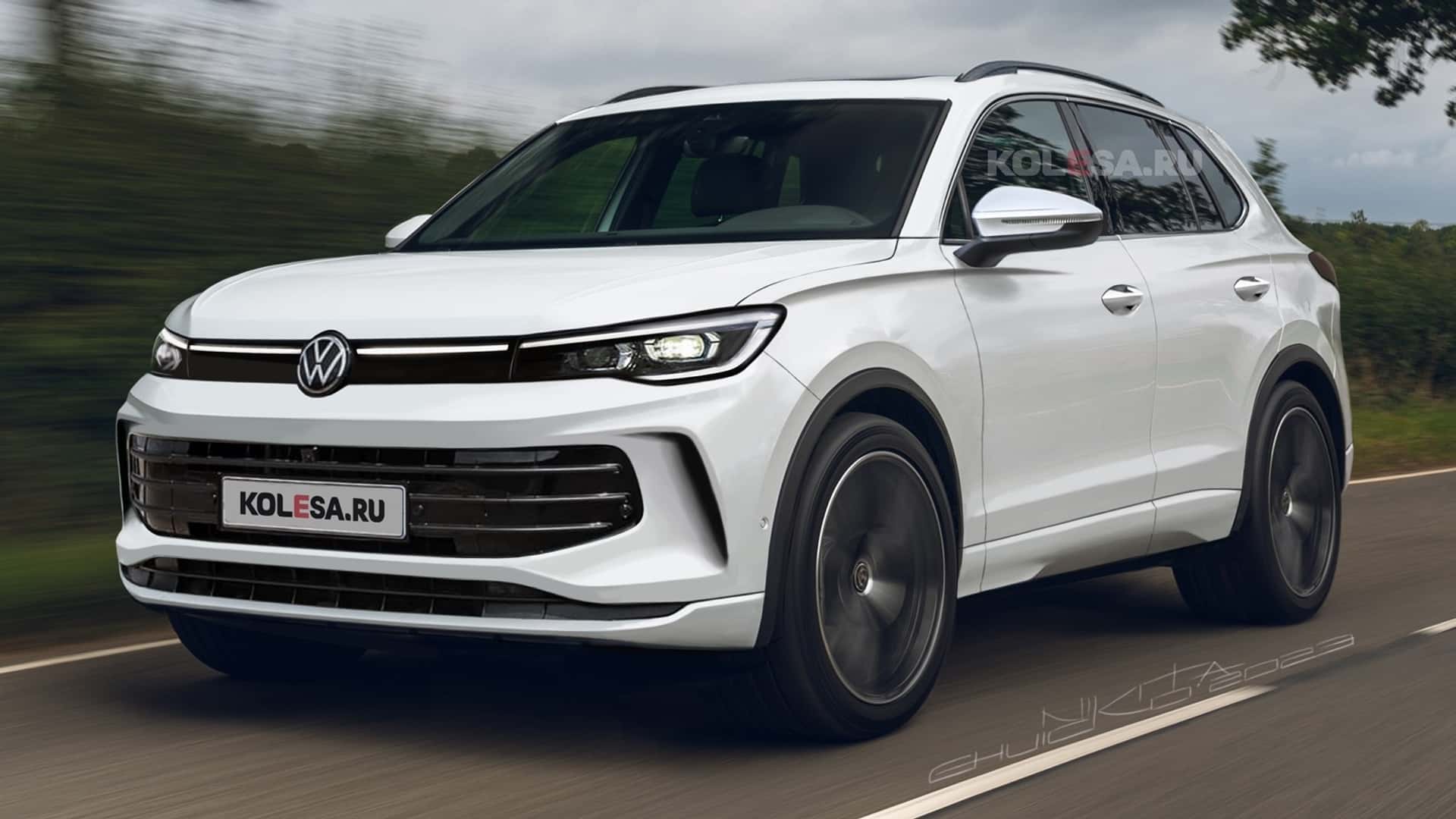
While its specs may initially seem unremarkable, the Tiguan’s real-world driving experience exceeds expectations, especially when cornering, revealing a fun side that may catch you off guard.
One of the Tiguan’s major strengths is its well-tuned chassis, providing a comfortable and controlled ride. Additionally, its low 1,900 rpm torque peak ensures smooth power delivery.
The optional third row of seating adds versatility, making it suitable for families. However, it could benefit from an optional high-performance engine, and some may find the interior a little too minimalist. The firm seats might also prove uncomfortable on longer rides.
2. 2025 Honda CR-V
The 2025 Honda CR-V is widely regarded as one of the best value-for-money compact SUVs, earning praise from automotive journalists and consumers alike.
As the second best-selling SUV on the market, the CR-V continues to impress with its well-balanced design, offering a solid mix of features that appeal to a broad audience.
It is powered by a 1.5-liter turbocharged inline-four engine that generates 190 horsepower and 179 lb-ft of torque. Like the Tiguan, it offers both front-wheel drive (FWD) and all-wheel drive (AWD) configurations and is paired with a continuously variable transmission (CVT).
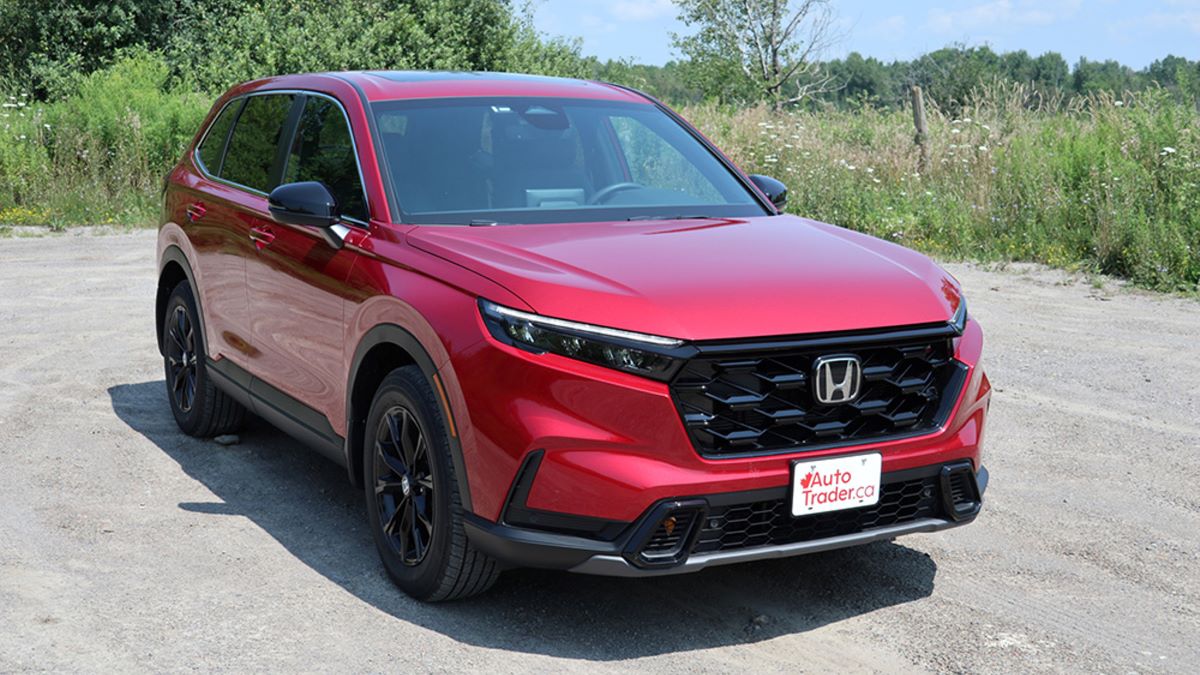
The CR-V’s 0-60 mph time of 8.1 seconds and top speed of 130 mph place it firmly in the middle of the pack in terms of performance, though it is one of the better CVT options available, providing smooth power delivery with minimal noise.
It’s also fairly engaging to drive, making it a good all-around performer. The CR-V’s strengths include its excellent handling, unshakable build quality, and a comprehensive suite of standard driver-assist features, which make it a strong contender for those seeking safety and reliability.
On the downside, its acceleration is somewhat average, and the interior may feel a bit too utilitarian for some. For those who want the best models, however, the hybrid versions are the way to go, offering enhanced efficiency and performance.
1. 2025 Mazda CX-50
The 2025 Mazda CX-50 is positioned above the CX-5 in Mazda’s lineup, offering a slightly larger and more rugged option for those looking for a versatile crossover.
It shares the same impressive qualities found in other Mazda vehicles, including a fantastic interior, exceptional agility, and an exciting optional turbocharged engine.
Despite its premium features and performance, the CX-50 is surprisingly affordable, easily mistaken for a more expensive vehicle.
Under the hood, the CX-50 comes with a 2.5-liter naturally aspirated inline-four engine producing 187 horsepower and 185 lb-ft of torque, with an all-wheel-drive system and a 6-speed automatic transmission.
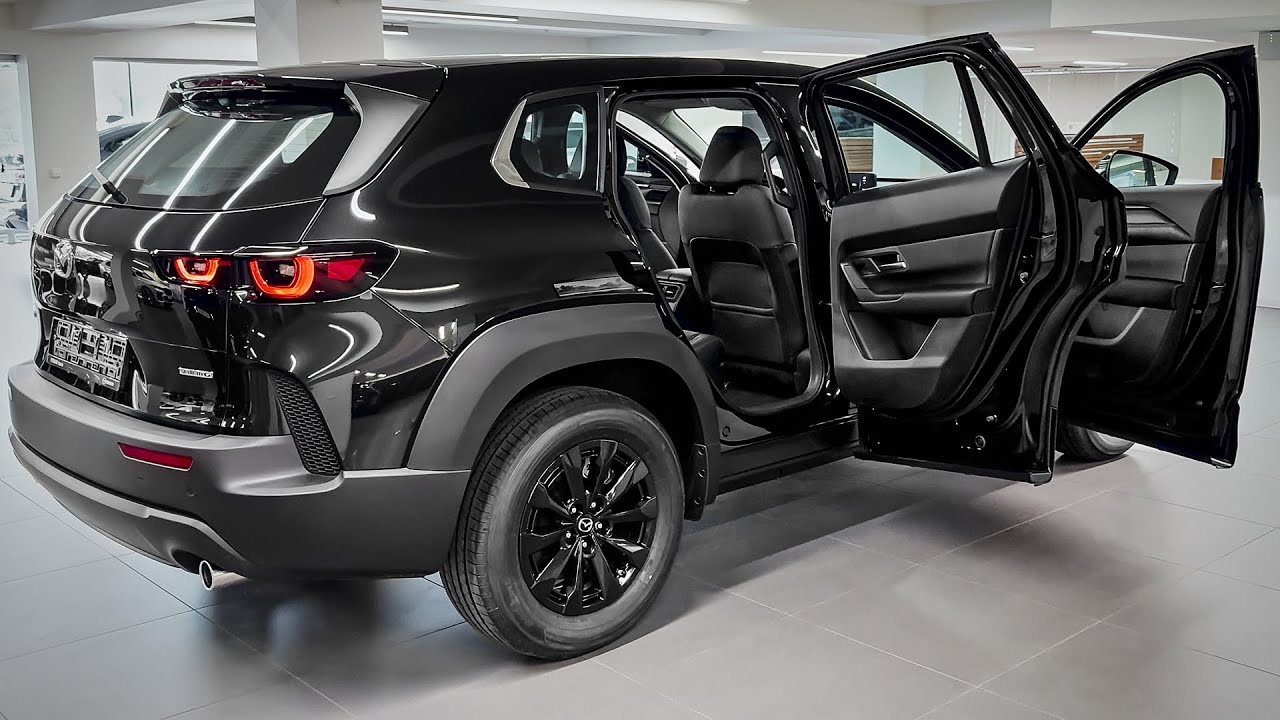
The SUV reaches 60 mph in 8.5 seconds and boasts a top speed of 142 mph. For those seeking more performance, the CX-50 also offers an optional turbocharged engine that delivers 256 horsepower, propelling the vehicle to 60 mph in just 6.4 seconds, providing an exhilarating driving experience.
The CX-50 excels with its precise handling and genuinely luxurious interior, enhanced by a new 10.3-inch infotainment screen.
However, it does have some drawbacks, including lower passenger space compared to some competitors and higher trim levels that can become somewhat expensive.
Additionally, the CX-50 comes with a below-average warranty and lacks complimentary maintenance, which could be a consideration for some buyers. Despite these cons, the Mazda CX-50 remains a highly capable and stylish choice in the compact SUV market.
Crossovers To Avoid Purchasing
If you’re looking for the spaciousness and adaptability of an SUV but want to avoid high fuel consumption and the hassles of parking, a crossover could be the ideal solution.
Often referred to as compact SUVs, crossovers are generally more comfortable and easier to drive. While many can help you save on fuel costs, it’s important to note that not all of them are fuel-efficient.
Built on car platforms, crossovers offer better maneuverability, making them a favorite for everyday commuting especially in crowded urban environments.
However, not every crossover lives up to the strong fuel economy and solid performance reputation that the segment is known for.
If you’re thinking about purchasing a crossover this year, it’s essential to conduct thorough research and take a few test drives especially if you’re considering any of the models that fall short in these areas.
Also Read: 5 Cars With Tough Suspension and 5 That Feel Fragile
5. Hyundai Tucson
This compact crossover also underperforms in terms of fuel efficiency. According to Edmunds, the all-wheel-drive version achieves an estimated 25 mpg combined, which places it on the lower end of the spectrum for vehicles in this category.
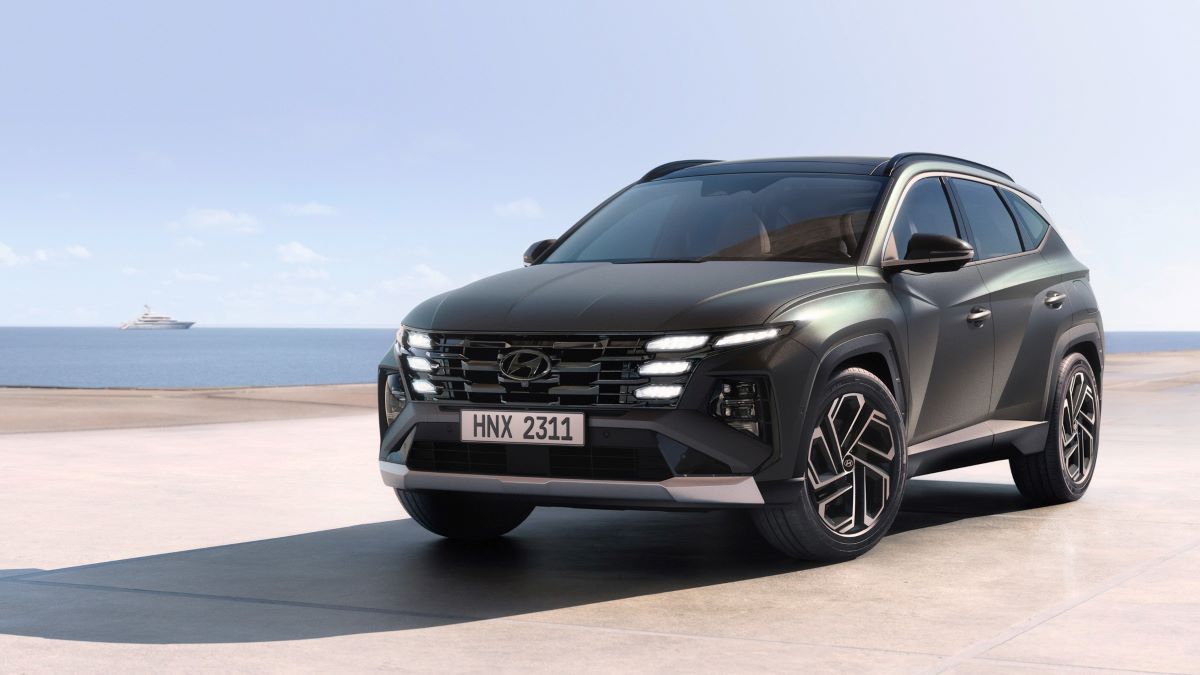
Despite being equipped with a four-cylinder engine, the Tucson is also criticized for its slow acceleration.
Feedback from individual owners is similarly mixed. Several drivers have pointed out the vehicle’s disappointing fuel economy, and some have reported transmission problems in models that had fewer than 25,000 miles on the odometer.
4. Kia Sportage
The Kia Sportage received low marks in Car and Driver’s testing, and its limited power makes for a less enjoyable driving experience.
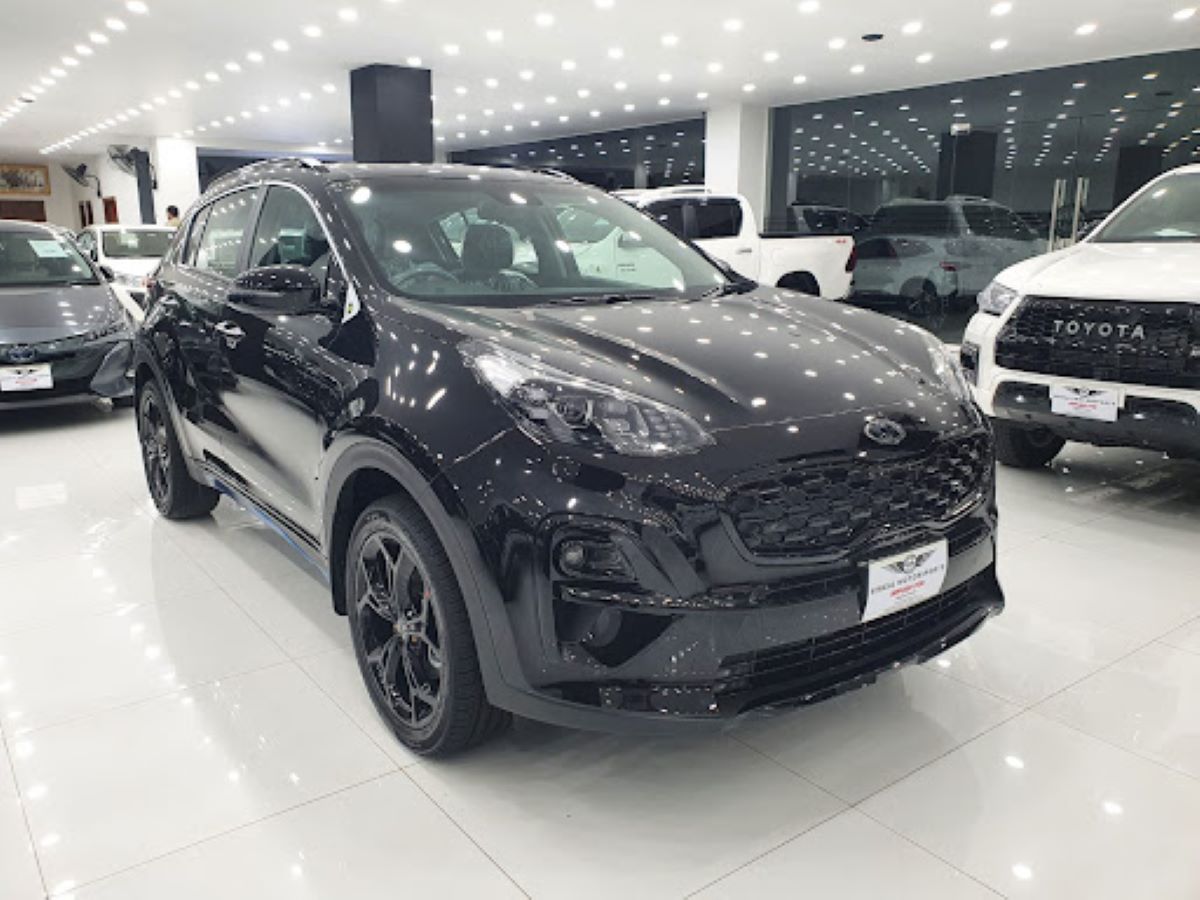
The standard 2.5-liter four-cylinder engine has difficulty maintaining performance on inclines, leading to sluggish acceleration and forcing the engine to work hard.
Additionally, the Sportage recorded an average fuel economy of 25 mpg, which means it won’t provide significant savings at the fuel pump.
3. GMC Terrain
You may want to think carefully before purchasing the GMC Terrain. According to Kelley Blue Book (KBB), this crossover struggled to stand out in most testing categories.
While the 2024 Terrain includes a turbocharged four-cylinder engine and offers a roomy interior, it also comes with a significant amount of hard plastic materials, especially when compared to other crossovers in a similar price range.

It is also pointed out that the push-button transmission controls come with a steep learning curve. The horizontal arrangement of the buttons makes executing three-point turns particularly difficult.
A redesigned version of the Terrain is expected for 2025, which could offer notable improvements over the current model.
The GMC Terrain is a compact SUV that offers upscale styling and a smooth, comfortable ride, targeting buyers who want premium design and features without stepping into luxury-brand territory.
While it shares a platform with the Chevrolet Equinox, the Terrain sets itself apart with a bold, squared-off look and GMC’s signature front-end design.
For 2025, the Terrain retains its core strengths: a refined driving experience, intuitive technology, and a spacious, practical interior suited for families and daily use.
Under the hood, most trims come with a 1.5-liter turbocharged four-cylinder engine producing around 175 horsepower, paired with a nine-speed automatic transmission.
Buyers can choose between front-wheel and all-wheel drive. While performance is more relaxed than sporty, the Terrain excels in comfort and ease of use.
2. Jeep Grand Cherokee
The Jeep Grand Cherokee brings several advantages to the table, such as a spacious interior layout and strong off-road performance. However, it also misses the mark in a few critical areas especially fuel economy.
According to Edmunds, the 2024 Grand Cherokee with a V6 engine achieves an estimated 21 mpg combined, while the V8 version drops further to 17 mpg combined.
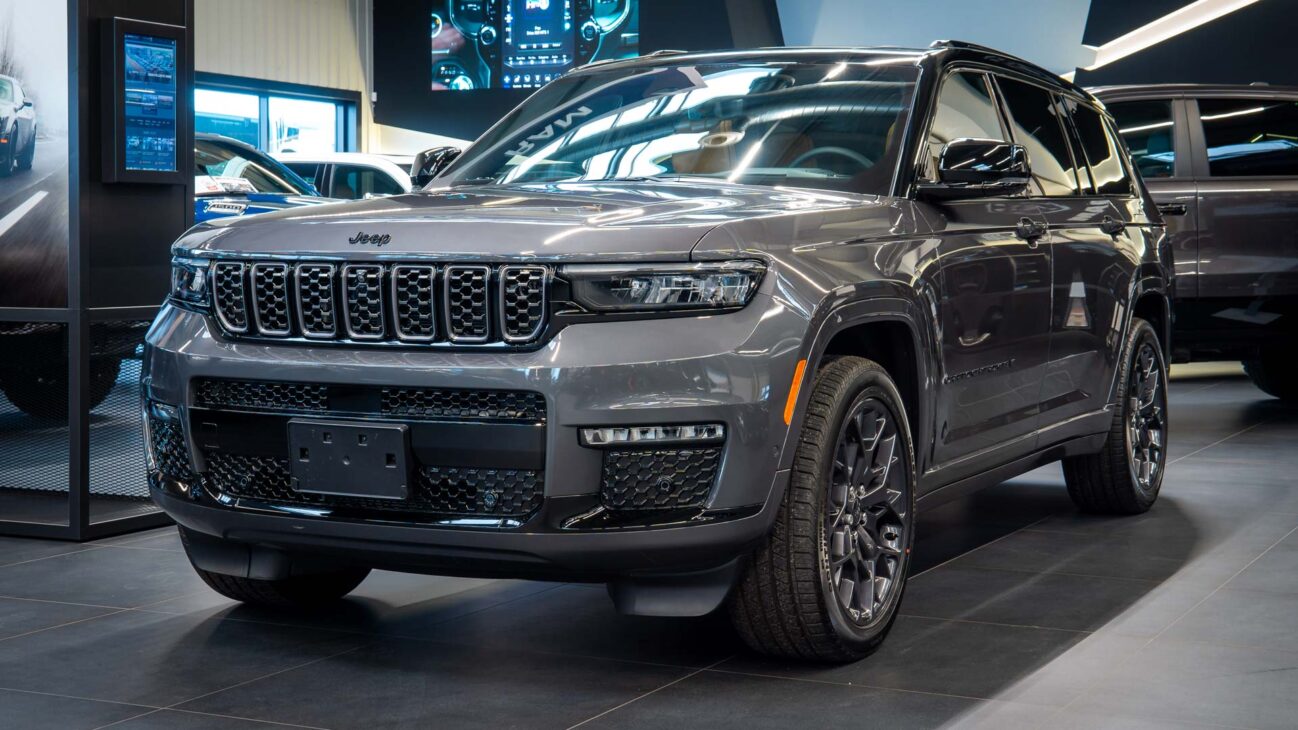
The SUV’s forward visibility is compromised by its design, which includes a prominent hood and various cameras and radar components.
It is also noted that the dashboard controls are finished in glossy plastic, and the control dials are difficult to grip, making the vehicle’s interface less user-friendly.
1. Toyota RAV4
There’s a lot to appreciate about the Toyota RAV4, including its off-road capability and rugged exterior design.
However, there are also some downsides. Car and Driver referred to the crossover’s 2.5-liter engine as “just adequate” and said it produces “more noise than thrust.”
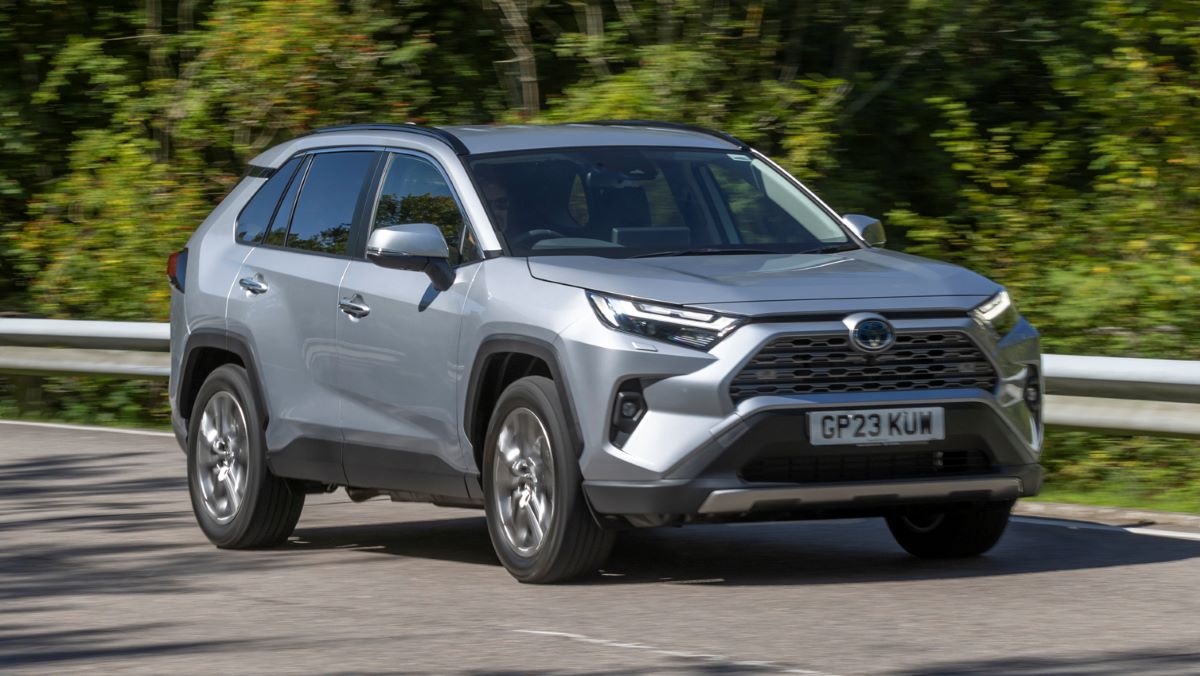
Although the RAV4 boasts a spacious cabin, the rear seats are lacking in padding, which affects comfort on longer rides. If power is a top priority for you, the RAV4 might not meet your expectations.
That said, it did perform well in terms of fuel economy, achieving 32 mpg during a 75-mph highway test, making it an attractive option for those aiming to cut fuel costs.
Fuel efficiency is a strong point, especially with the hybrid models. The standard RAV4 gets up to 27 mpg in the city and 35 mpg on the highway, while the hybrid can return up to 41 mpg in the city.
The RAV4 Prime goes even further, offering up to 42 miles of electric-only range and a combined 302 horsepower, making it the quickest RAV4 to date. Inside, the RAV4 has a clean, functional layout with quality materials, and higher trims offer soft-touch surfaces, contrast stitching, and premium features.
There’s room for five, with supportive seats and ample legroom for both rows. Cargo space is generous for the segment, and the rear seats fold flat to accommodate larger items.
Toyota equips the RAV4 with a user-friendly infotainment system that includes an 8- or available 10.5-inch touchscreen, wireless Apple CarPlay and Android Auto, and an optional JBL premium audio system.
Standard safety features include Toyota Safety Sense, which packs in adaptive cruise control, automatic emergency braking, lane departure alert, and road sign assist.
Trim levels range from the value-focused LE to the more refined Limited, the sporty XSE, and the off-road-oriented TRD Off-Road. Each offers something a little different depending on your priorities — from basic commuting to light trail duty or tech-filled comfort.
Overall, the RAV4 nails the essentials of what most SUV shoppers are looking for: dependability, efficiency, comfort, and just enough ruggedness to tackle occasional outdoor adventures.
It’s not the flashiest in the segment, but it’s built to last and gets the job done with minimal fuss — and that’s what makes it such a consistent best-seller.

